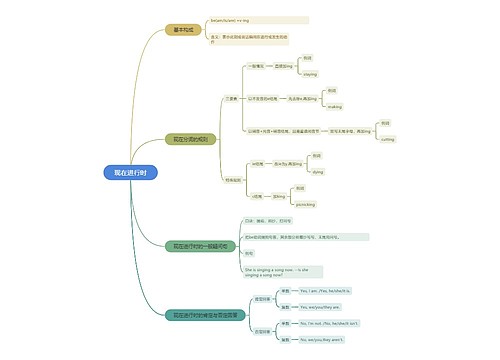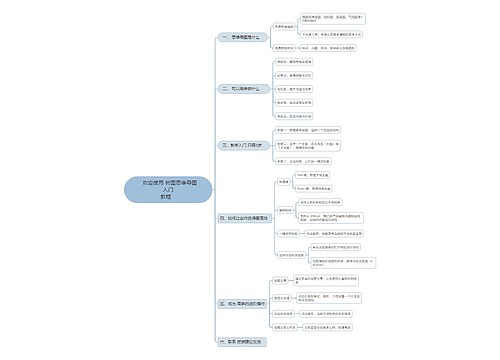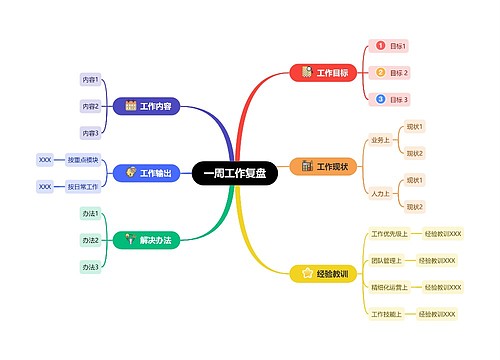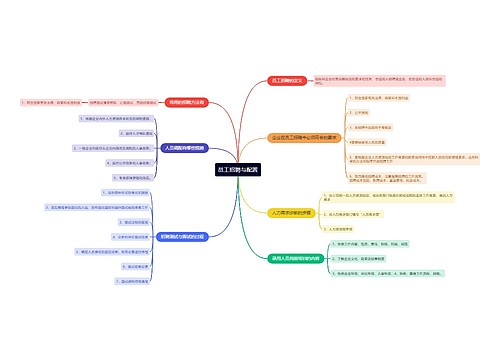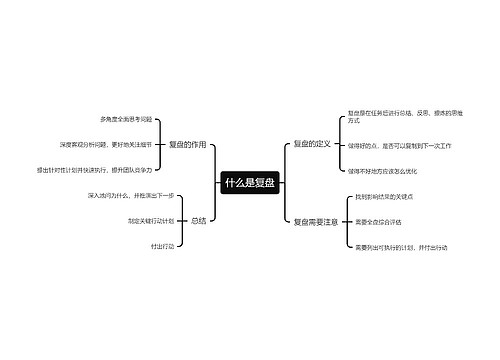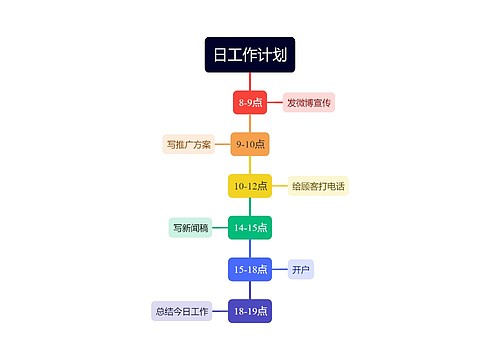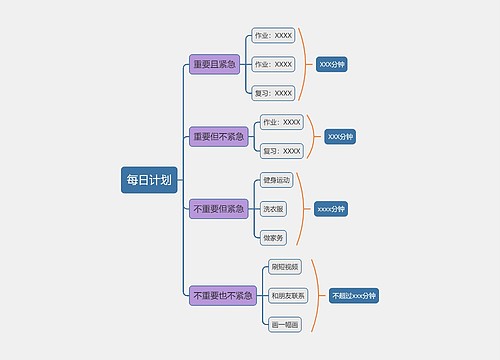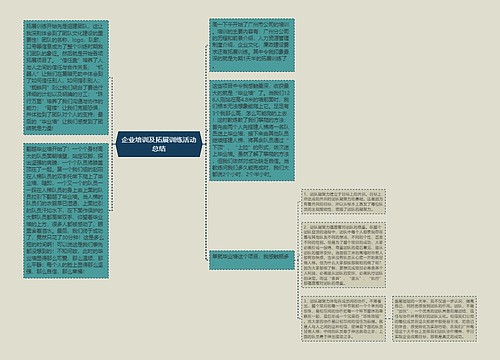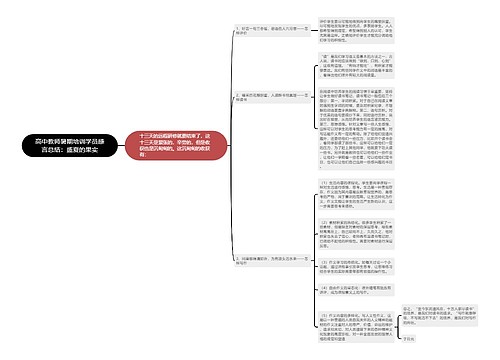there are two foreigner teachers teaching for us, their names are christine defty and keith o’ hare.
(一)day one, first it’s a introduction with zhu jia. then it’s a introduction and warmers/leadins /breakers/coolers.
for example:what’s the ice-breaker? what’s the simple past?
the simple past is that you think of an age between two and ten. then think of three things that happened to you at that age .tell your partner and let him or her guess that age.
(二)after that, it’s the main contests about teaching techniques. dr. split teachers into 2 small groups. i’m in group a.
1using chinese or english in the classroom
he tell us, if the students don’t understand the meaning, how can we help them? with chinese or english? of course, most of the time, we should and must use english in order to set a real intercommunicate environment. sometimes we might use chinese. to translate abstract words like ‘brave’. to give an example to clarify the meaning. to explain a grammer or rules .to explain the cultural references.
if you want to organise activities successful, what can we do before staring pair, group or individual work?
*plan carefully before the lesson.
* give an example and demonstrate how the activity works.
*check that children understand by asking them to explain to you.
what can we do during pair, group or individual work?
*walk around the class ,look and listen.
*make a few notes no strengths and weaknesses of the class.
*only help if children seem very confused.
*stop the activity when most of children have finished even if it is before the set time limit.
we should give clear classroom instructions, make eye contact, with hand gestures, facial expressions, and intonation. pictures or real objects can be used. write key points on the blackboard. check the instructions with them.
don’t correct or assess everything . this may demotivate children and take too much time. encourage the child to correct ,only mistakes which make communication difficult.
(三) the contests is the teaching , testing activities and teaching pronunciation for primary school in the afternoon .dr. defty gives us many examples, like class survey, dictation , dialogues, kim’s game, memory games, i spy , simon says, matching games, word snake, storying. here are two web addresses: www.teachersrcool.com.cn www.kidsrcool.com.cn
dr. defty planned the four pronunciation problems with chinese leaner. there are final consonant, vowel sounds, weak forms, rhythm and sentence stress.
(四)day two, first it’s the plenary with chris who tells us to introduce and practice language with using stories at primary school. she takes many picture books ,like little red riding hood ,and tells us the stories herself. we touch the book when she told. .it’s interesting. i learned how to teach grammar using stories. first, dr. chris tells it using the general tense, second, she tells it using the past tense with the same parts. we learned the past tense words easily with this method. this is the discovery method for grammar teaching at primary school. it spends one morning.
(五)we mainly learn methods using our pep course-books.,the similarities and differences in primary classroom teaching in the uk and china in the afternoon. we do some practices. of course , we yearn for that methods using our pep course-books. teachers should teach the knowledge , skills and understanding in ways that suit our pupils abilities. a taught curriculum may be broad, balanced and relevant, but this has little meaning unless these are also feature of what is learnt. we can be done with displays. for example, banners and hanging displays can adjust the height of your room to a child’s scale. we should set the community and belonging in the classroom and so on .
thanks for christine defty and keith o’ hare. they are hard-working. we learned plenty.




